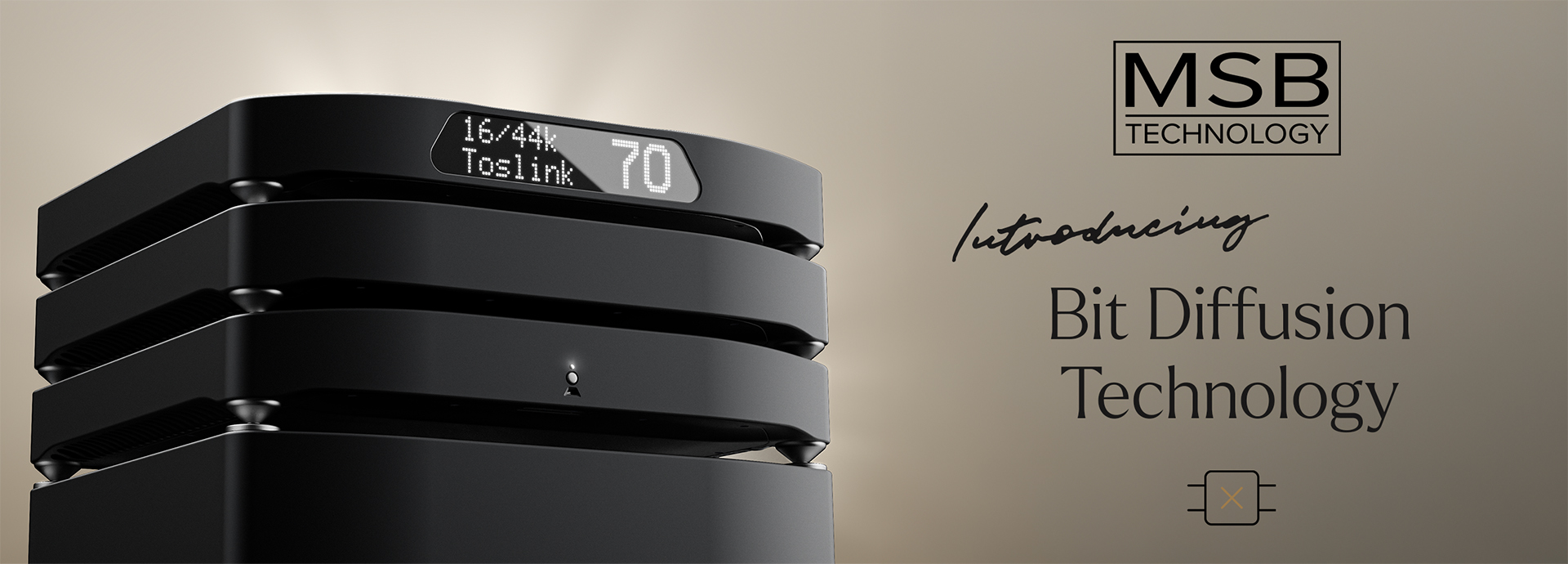True, there is always re-clocking, but the less of it is needed, the better it probably is. Delivering data packets rather than a continuous data stream, USB needs more re-clocking rather than less.
For example, the Berkeley Alpha USB interface re-clocks the USB signal and then routes it to the DAC via AES/EBU or SPIDF output. In Berkeley's own application, when the signal is transmitted from a transport to one of their DACs, it is re-clocked
once: at the DAC chip. Yet when the signal is transmitted from a computer/server (file playback), the signal is re-clocked
twice: once at the Berkeley Alpha USB interface, and the second time at the DAC chip.
As
Robert Harley's review of the Berkeley Alpha USB interface states:
"As noted, USB was never designed for audio; it is a “packetized data” format in which data are split up into discrete chunks, wrapped up with information about those chunks, transmitted, and then put back together at the receiving end. This is in sharp contrast with the continuous bitstream of digital audio formats such as S/PDIF." (...)


